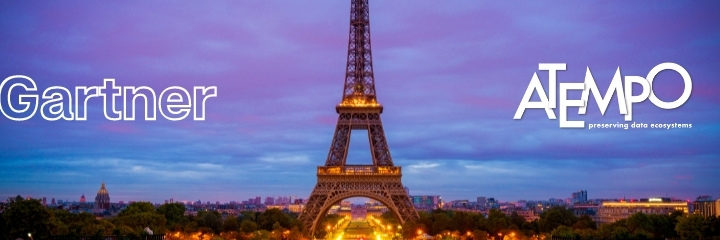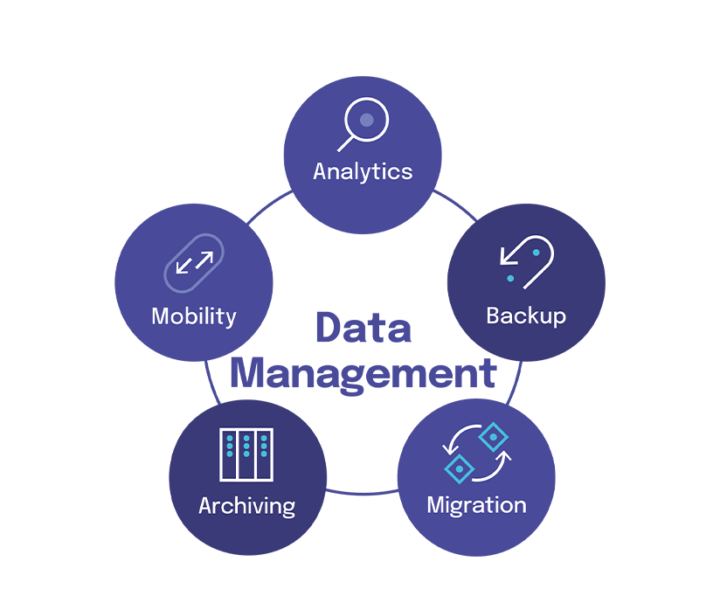Miria for Archiving: data archiving tool for scalability and support for heterogeneous storages. Ideal for managing billions of files or petabyte scale data volumes.
Whether it’s for 5 days, 10 months or 20 years, Miria for Archiving helps you retain access to your data in line with regulations.
Contact an Expert
Atempo is proud to be recognized as a “representative vendor” by Gartner and to belong to the global data management software community. With our file archiving solution Miria, businesses have a unified data management solution for their unstructured data, particularly for large volumes. The data archiving tool Miria manages secure and rapid data archiving workflows.
Archival storage is the media that you choose to store your archives. Media can take many forms: disk, flash, tape, optical disk etc. The choice of media for any given archive will be driven by costs of course but also storage longevity. Archiving is often a trade off between these factors. Flash drives are more expensive but data is rapidly restored. Optical disk and tape, particularly if they are offline, cost less to run in terms of hardware purchases and power used during their lifetime.
You can safely store data for many years and even decades with this equipment. Nearline or active archiving will typically use spinning disk storage and offline archiving (including Glacier-type cloud offerings) will tend to use tape.
Many storage vendors now sell specific appliances that serve as archival storage devices that sometimes work directly with a primary NAS for example. Atempo’s software platform, Miria for Archiving works with the vast majority of storage vendors and file systems to give you the choice in our you archive specific data sets.
Archiving tools and software are used to copy, store, and index files typically for extended periods of time – sometimes several decades. By definition, an archive removes data from one storage location and places it in another. Because archives today are increasingly voluminous (both in terms of size and file numbers) it is essential to use a tool that will ensure the security and longevity of the data.
It’s important to manage all files and related metadata (access rights, indexes, file information) during and after the archival process. Archivists should be able to simply and securely restore files/data to their initial location or to a new destination. For example, files stored on tape should be transferrable or copiable to a cloud. Because storage space and storage costs are at a premium, intelligent software can save money by automatically managing data transfers to a cheaper yet scalable storage tier. Ideally, end users should be able to search their own archived data and restore whatever they need.
Sometimes archiving is confused with backup. Backup is the process of making several copies of one data set and preserving this data for a fixed amount of time. Source data is not removed but copied to one of more locations. Backups therefore provide access to a number of data versions. Archived data usually no longer exists on primary storages but can be restored if necessary. Archived data is usually stored for much longer than backed up data.
Your data transits between different types of storage: cloud, disk, tape. The Miria data archiving tool lets you achieve compliance with regulatory requirements by moving and archiving large volumes of less consulted data to the cloud.
